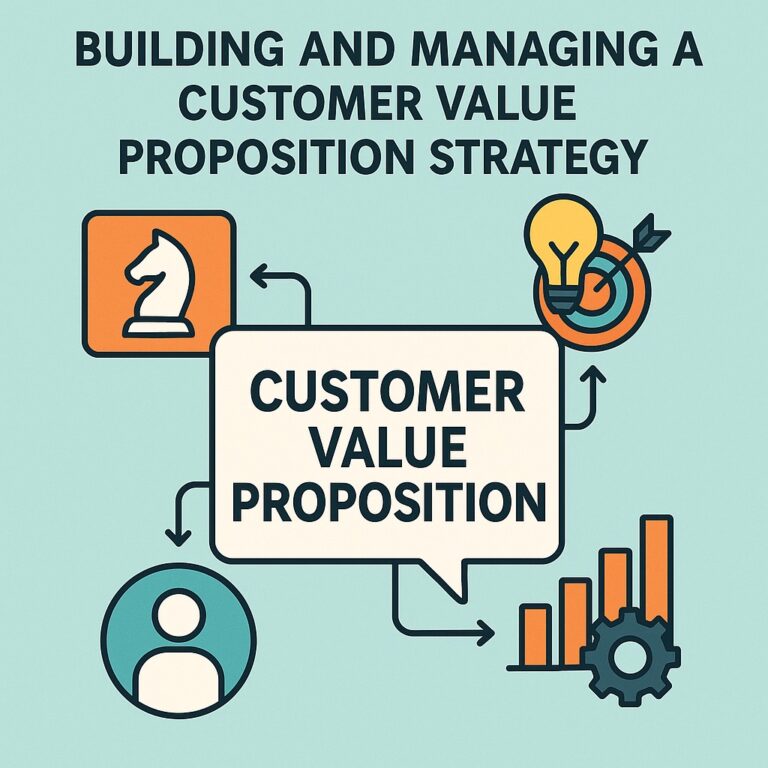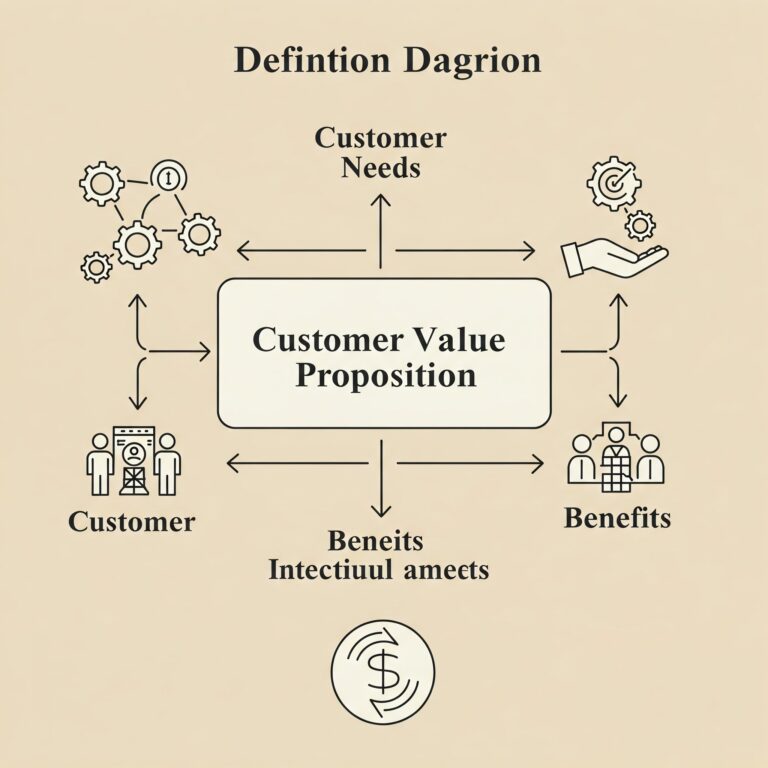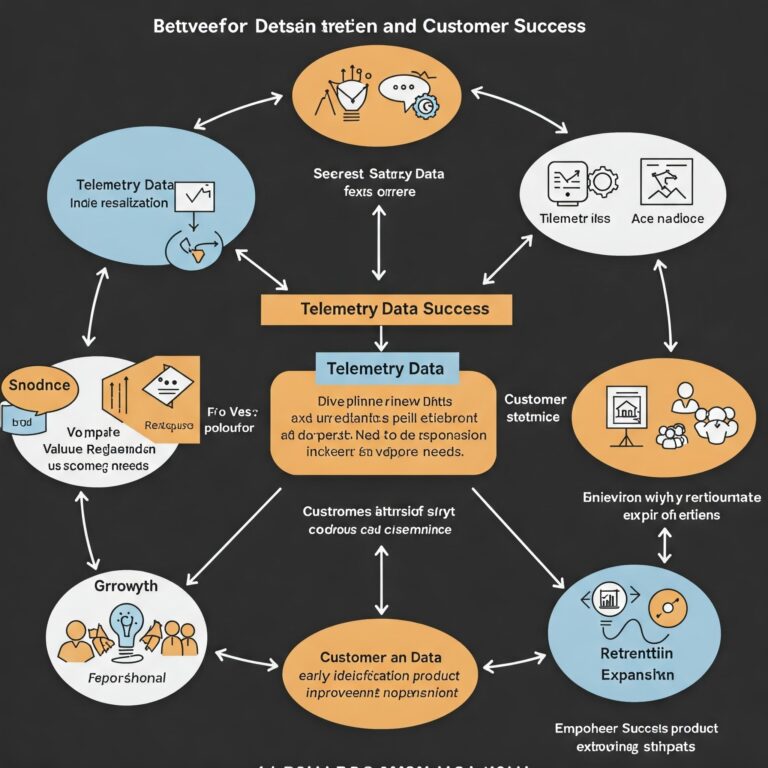Everyone has heard a great story about a big deal getting executed on the golf course. Personal connection and rapport have always been important to every substantial transaction. Even today, in an increasingly virtual world, buyers often request on-site visits from vendors to ensure that they are comfortable with the team who will be providing implementation and support services.
At the same time procurement organizations have entered an era of increased scrutiny around the purchase of services and solutions from outside vendors. The sheer number of “solutions-as-a-service” that are easy to procure, requiring limited or zero capital investment, has exploded. In any given fiscal year, a procurement organization has dozens to hundreds of services that can be turned on or turned off with a flip of a switch. (Of course, vendors aim to secure multi-year committed agreements, but savvy buyers negotiate outs and options which make contractual commitments loose, or difficult to enforce.)
In this era of increased scrutiny, buyers are being asked to justify to the C-suite or the Board the hard economics of sales proposals. Does the proposed solution drive enough value to justify the investment? Will it truly grow revenue, reduce cost, or positively impact other aspects of the company financial statements? And for upcoming renewals, how do we know we have obtained the value we expected to obtain, given the size of our payment last year?
While company investments should be driven by bottom line value analysis, numerous expenses are approved when an influential executive “feels good” about an investment. However, that “feel good” factor can quickly dissipate weeks or months after the deal is signed, and then result in a “oh my” or a “bad bet” shrug. Not only did the “bad bet” create a hole in the company’s balance sheet or P&L, but numerous other stakeholders were adversely affected by the senior executive decision.
This is where company’s procurement divisions can play a significant role to avoid these situations. Procurement chiefs should enforce the use of ROI models. Most public companies manage a mapping of significant processes with the impacted financial statement accounts (especially after the Sarbanes Oxley regulation, and other corporate policies instituted after the financial meltdown, during the last two decades). For example, distribution processes map to physical assets, such as warehouses, trucks, and forklifts, as well as labor line items. Any software or hardware purchase by this process owner should clearly justify benefits in terms of productivity gains (e.g. labor), better asset utilization, reduced error rate or higher throughput. The process owner making the case for the investment should be able to answer procurement’s questions: How long will it take to recover this investment? Does the ROI model include all costs – both internal company resource costs and external vendor costs? Is this investment better than alternatives, including “business-as-usual?”
Excel used to be the default tool for documenting hard justification numbers. However, numerous technology and policy issues (e.g. compatibility issues, broken links, network security protocols), prohibit the easy exchange of files across company boundaries. Custom solutions (in-house IT developed solutions, such as custom web pages) are challenging to implement, given the high setup and maintenance costs of a bespoke solution.
Procurement groups benefit from ValueCore scalable and configurable interface. As an implementer and user of the ValueCore platform, I find it a brilliant solution to help answer the ubiquitous “where is the value” question. The company’s engineers have done a phenomenal job exposing a configurable calculation engine tied to user definable screens, graphs, and outputs, in a fully cloud-based system. All components of a typical ROI model can be built as simply as they can in Excel through a Web interface, providing you the security, collaborative aspects, usability and executive look and feel at a low price. The elegant integration with CRM and marketing automation systems, with out-of-the-box analytics, make the adoption seamless and demonstrably valuable.
It behooves all publicly traded and private company procurement groups to ask for ROI justifications from their vendors. Further, the ROI justification should be traceable and communicable easily between the buyer and seller.
In the next blog, I will cover the accountability aspects of ROI models across buyer and seller teams. How can the buyer hold the seller organization accountable for the value drivers listed in the ROI model? How can the seller hold the buyer side influencer and decision maker accountable for the rollout of the solution? These are just a couple of many of other questions that we will cover in the next blog.




